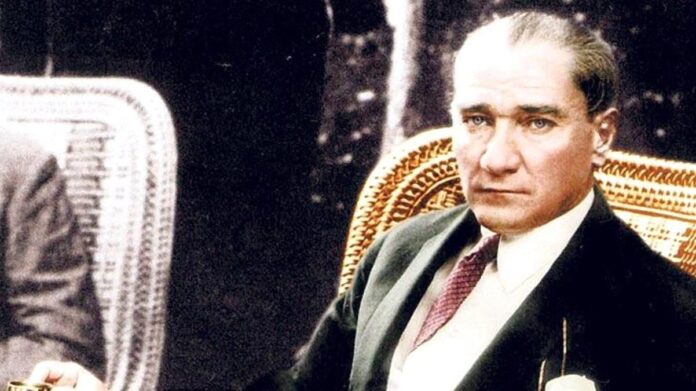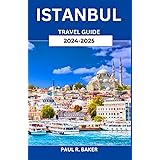Besides being a successful soldier and politician, Mustafa Kemal Atatürk was a good bookworm and intellectual. He set an example for the citizens in matters such as education, art, culture, life and sports, and did his best for the modernization of a nation. Writing a book was one of them.
Although it is generally thought that he wrote only “The Speech” , he actually wrote many more books. We brought together his works, in which he wrote his memories, experiences and addresses based on his own life adventure, by commemorating our Ata with love and gratitude.
Books Written by Mustafa Kemal Atatürk:
- Nesayih Concerning the Settlement of the Subject of Obedience and the Copy of Orders
- Cumalı Camp – A Memoir of Ten Days of Maneuver 29 August – 8 September 1909
- Hasbihal with Officer and Commander
- Speech
- Civil Information for the Citizen (published under the name of his spiritual daughter, Afet Inan)
- Geometry
- Sun-Language Theory
- Eskişehir-İzmit Conversations 1923
Translations:
- Team Combat Practice (from German – 1908)
- Combat Training of the Division (from German – 1912)
Atatürk also has diaries in which he wrote his memories between the years 1915-1918:
- History of the Battle of Anafartalar
- Bee’s Cape Battles Report
- Commemorative Notes 1916
- My Days in Karlsbad
Mustafa Kemal Atatürk was integrated with the book in every period of his life.
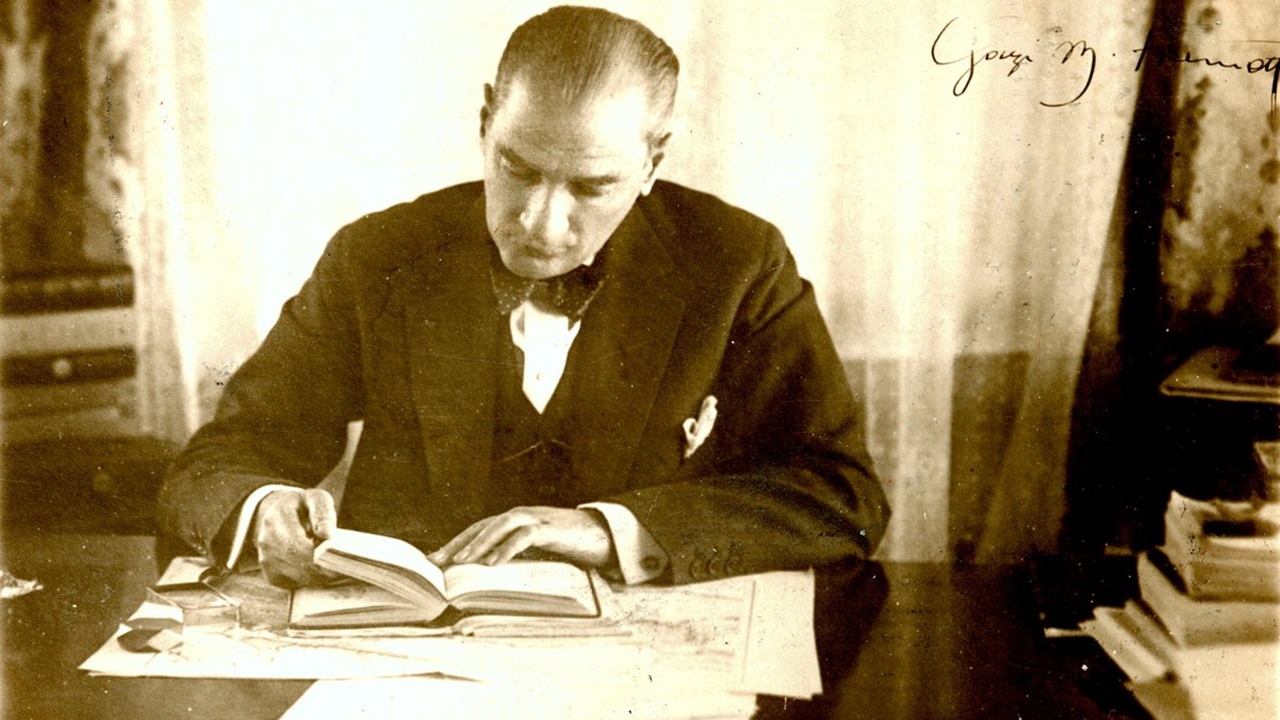
Atatürk, who transformed the knowledge that this love of reading provided him, from time to time into writing, wrote books on different subjects in different periods of his life. Even today, his writings contain indisputable facts in terms of both actuality and guidance. Here are those books:
The most well-known and read work of Atatürk, also published under the name of “Discourse”: Speech
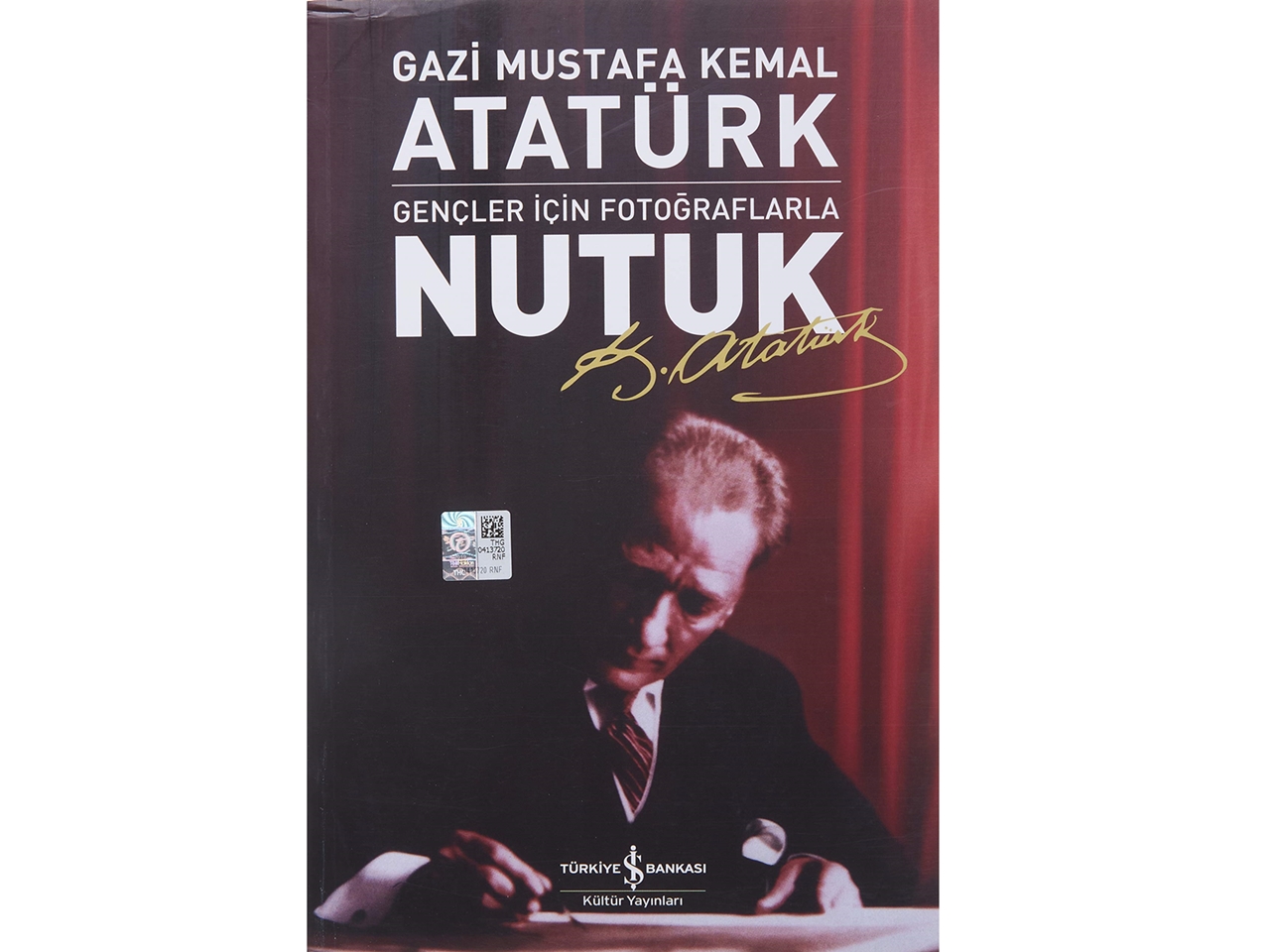
This work, which he wrote with great effort, is a legacy that deals with the past, the present and the future with its historical value as well as the experience, advice and narration that can predict the future.
Atatürk, III. Right after the Turkish Language Congress, he wrote the book “Geometry” in Dolmabahçe Palace to serve as a “guide for those who teach geometry and those who will write books on this subject”.
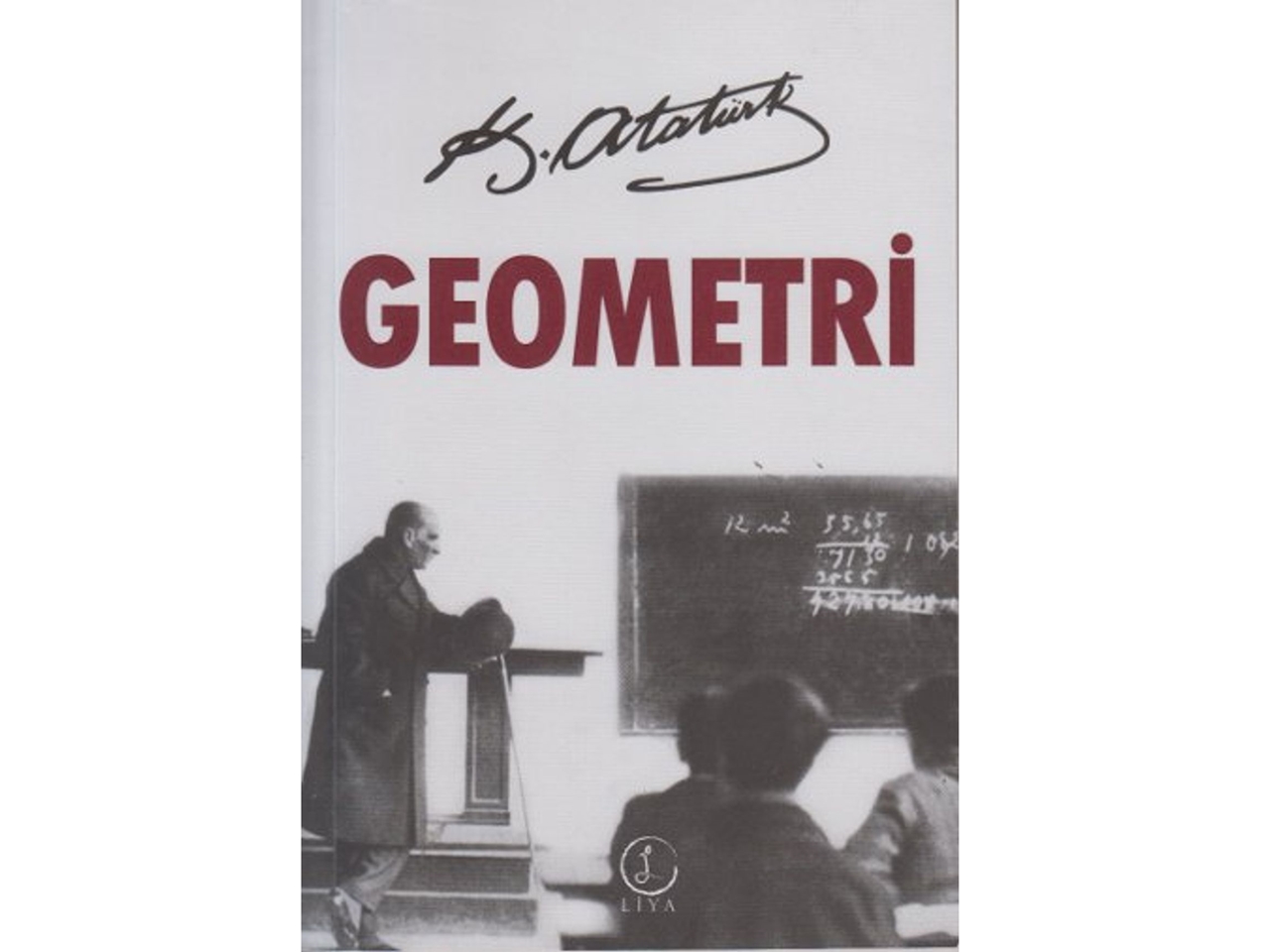
With the Language Revolution, which started after the establishment of the Turkish Language Investigation Society on 12 July 1932, the efforts to make Turkish a plain language and to purify it from foreign words gained momentum. In addition to establishing commissions for the Turkishization of science, science, art and technical terms borrowed from Arabic and Persian, Mustafa Kemal Atatürk personally carried out studies for “geometry”, the old word “hendese”, in which Ottoman terms were used.
One of his lesser known books: The Sun-Language Theory
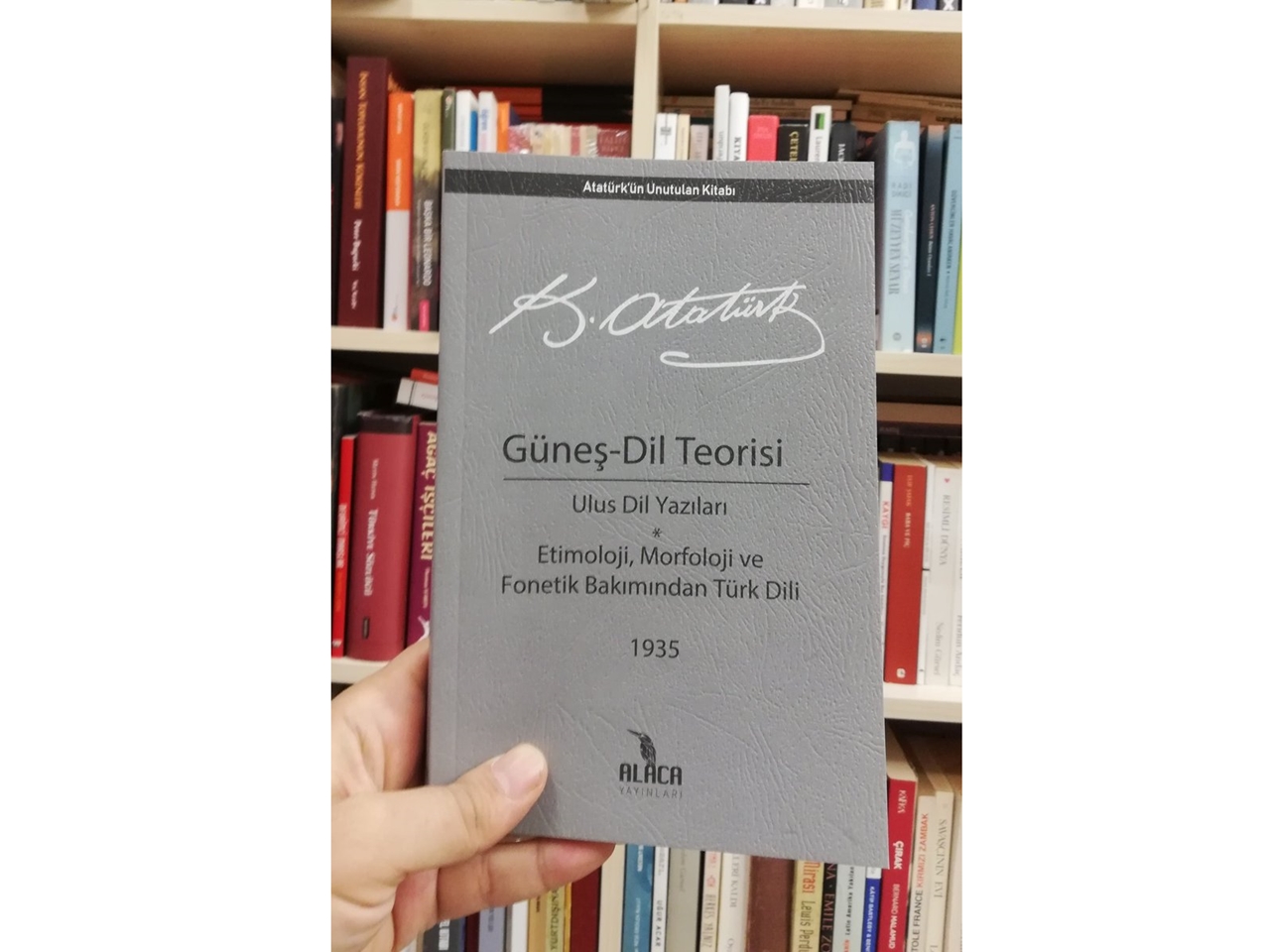
About the articles on the “Sun-Language Theory” published anonymously in the Ulus newspaper between November 2 and December 7, 1935, Afet İnan (his spiritual daughter) writes a letter to Atatürk and emphasizes that the language articles in the Ulus newspaper are similar to Ata’s own writings. . Curious about the author of the article, Afet İnan realizes from the letter from Atatürk that the writings belong to him. With this work, we understand once again Atatürk’s love for the Turkish language, the importance he gave and his effort.
“The Officer and the Commander”, the only book written by Nuri Conker, Atatürk’s neighbourhood, school, profession and comrade in arms, was instrumental in Mustafa Kemal’s writing “Officer and Commander and Hasbihal”.
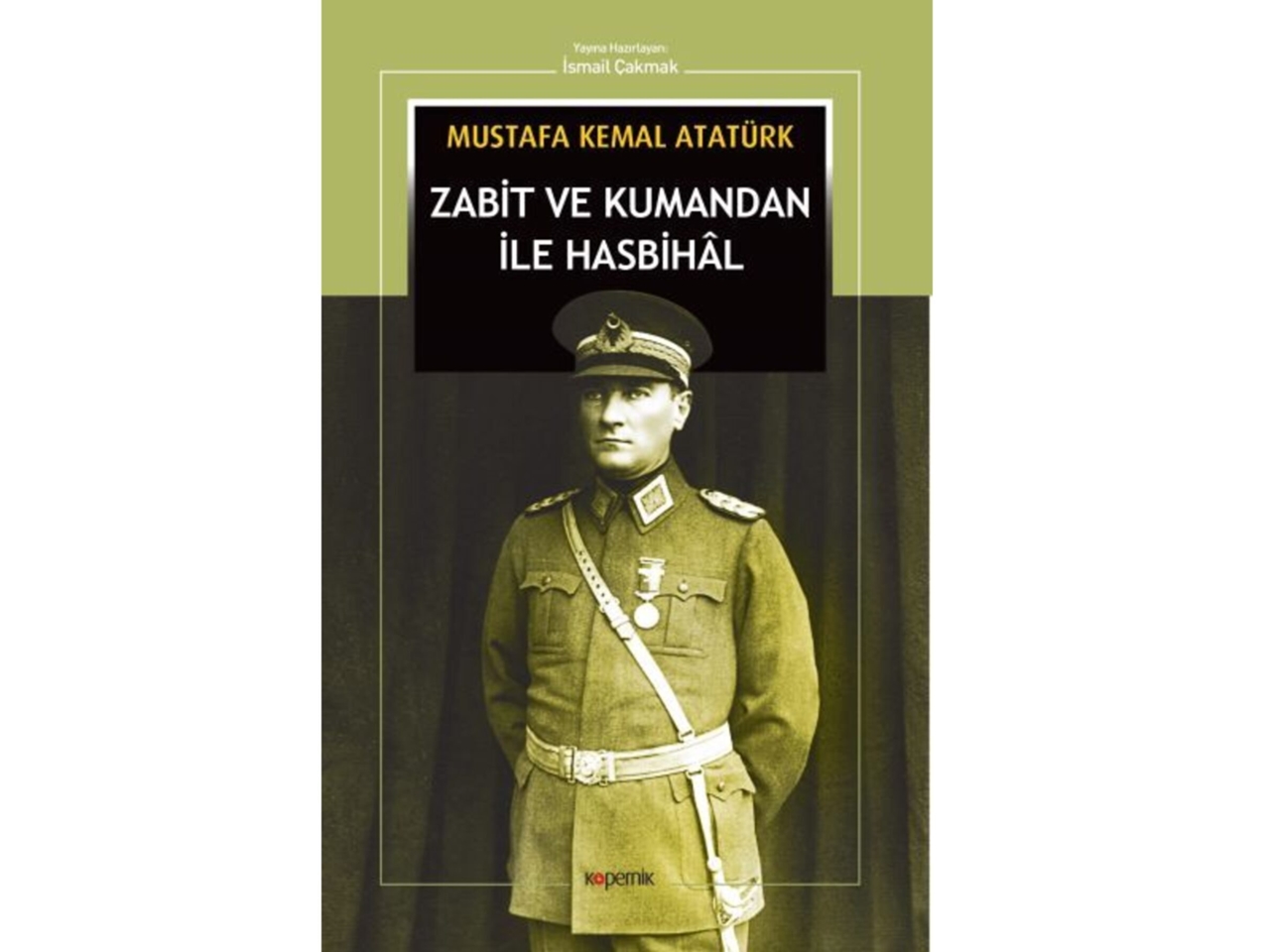
Atatürk and Nuri Conker (1881-1937); They were together in Tripoli, Çanakkale and the War of Independence. The work was written in response to Nuri Conker’s book “Officer and Commander” when Mustafa Kemal Pasha was the Military Attaché in Sofia with the rank of Staff Lieutenant Colonel in 1914 . The subject of “good management” is covered in these two books, which complement and reinforce each other . Both point to the levels of command as the real solution address for the failure of the army.
A work that Atatürk also mentioned in his Speech: Cumalı Encampment-Memory of Ten Days of Maneuver 29 August-8 September 1909
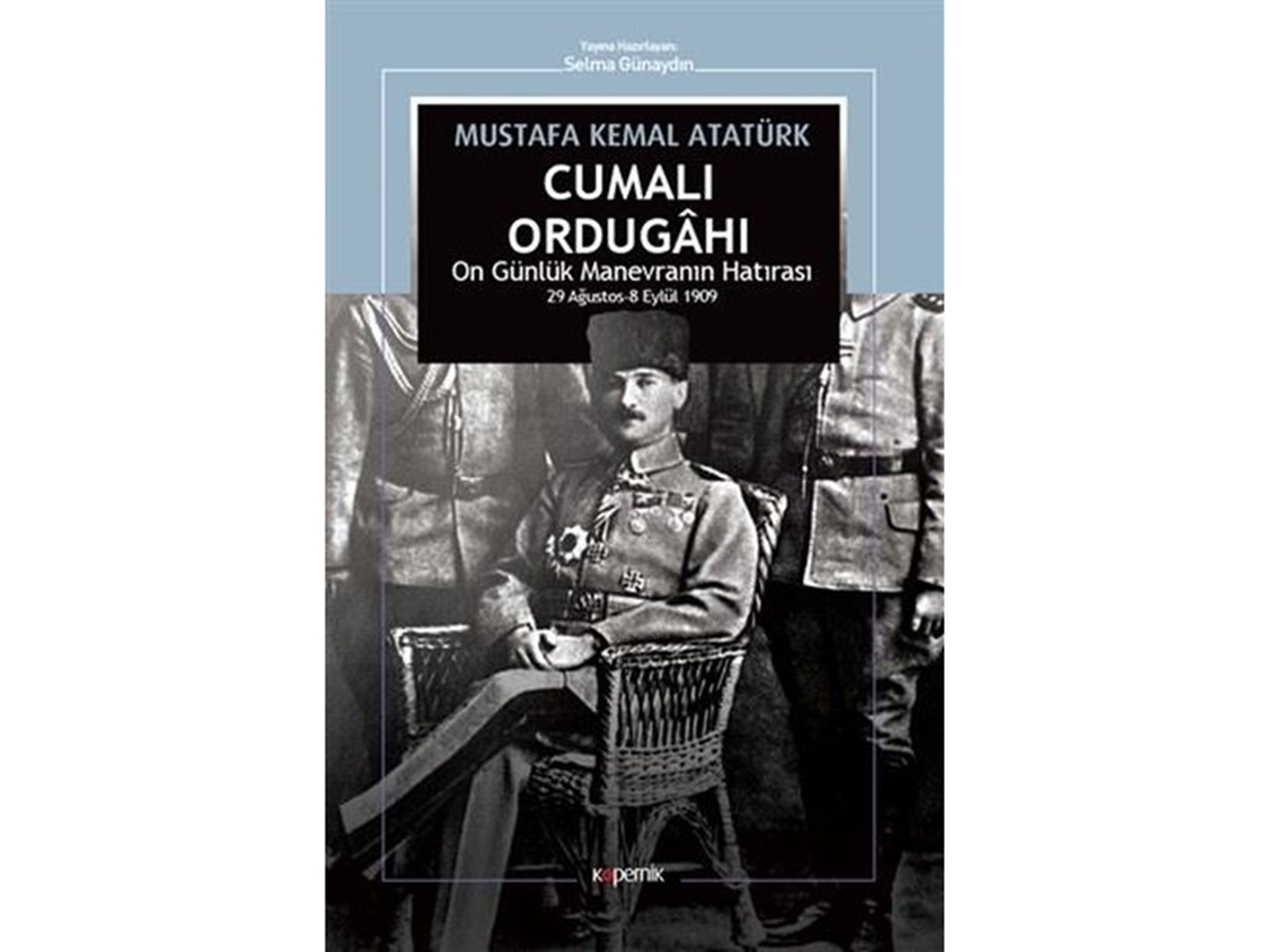
It is known that the book was written after Suphi Pasha’s cavalry maneuvers in Cumali, near Shtip. Mustafa Kemal wrote down the days he spent there, thinking of Cumali Camp as the resumption of the military life he longed for. There are important clues about Atatürk’s understanding of military service in this work, which consists of daily notes and sketches between August 29 and September 8, 1909 .
Notes written by Mustafa Kemal Atatürk in his own handwritten school notebook on the battlefield: History of the Battle of Anafartalar
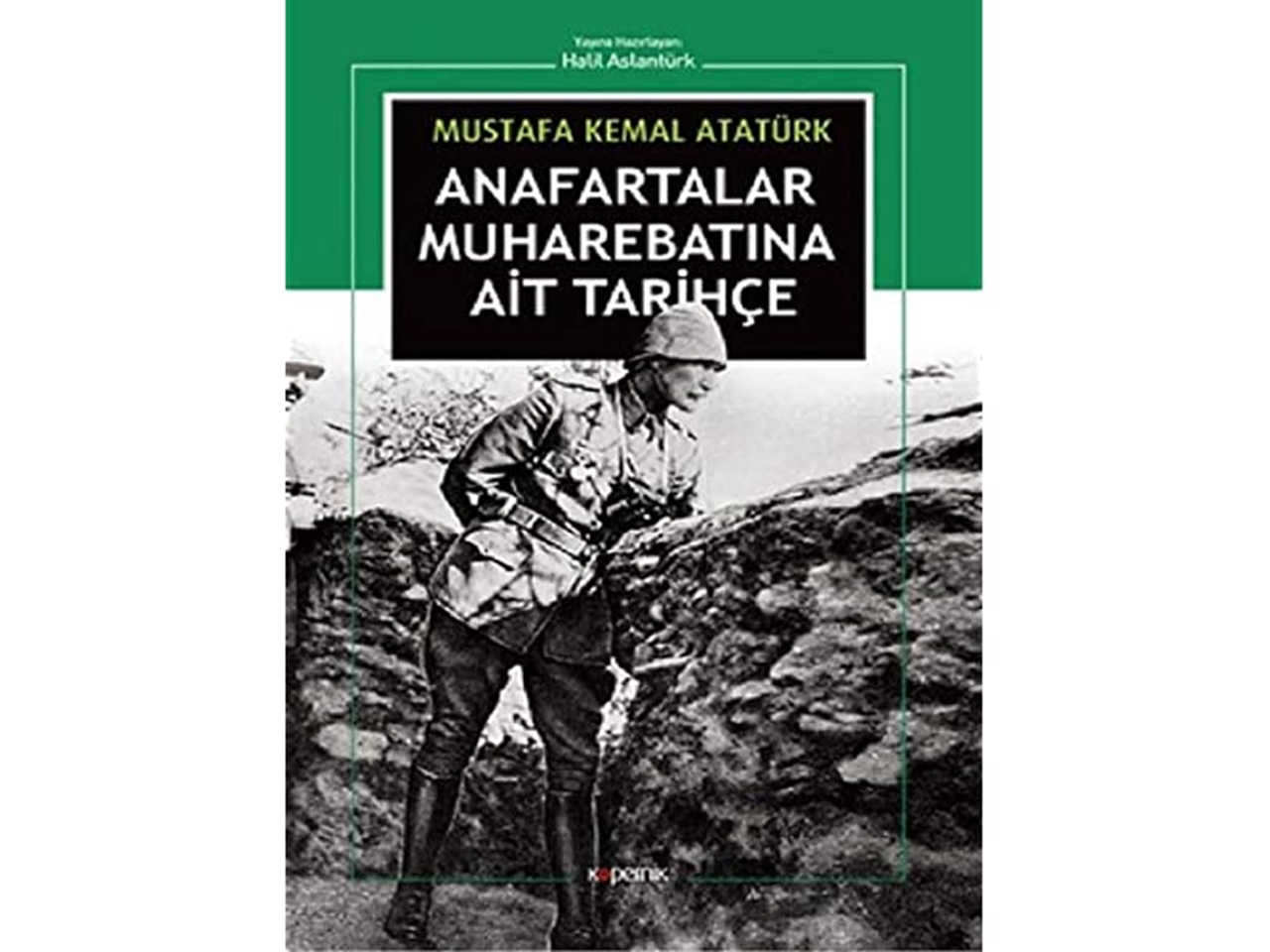
The 10 August 1915 Conkbayırı Offensive is an event that went down in history. The most valuable aspect of the work, of course, is that it writes the events warmly, even to the minute . Mustafa Kemal, the general secretary of the Turkish Historical Society, Dr. These notes, which were given to Reşit Galip to be read, were turned into a book.
The Battle of Arı Burnu Report: It is an important historical document that emerged after the Ottoman War History department asked him to write his memoirs.
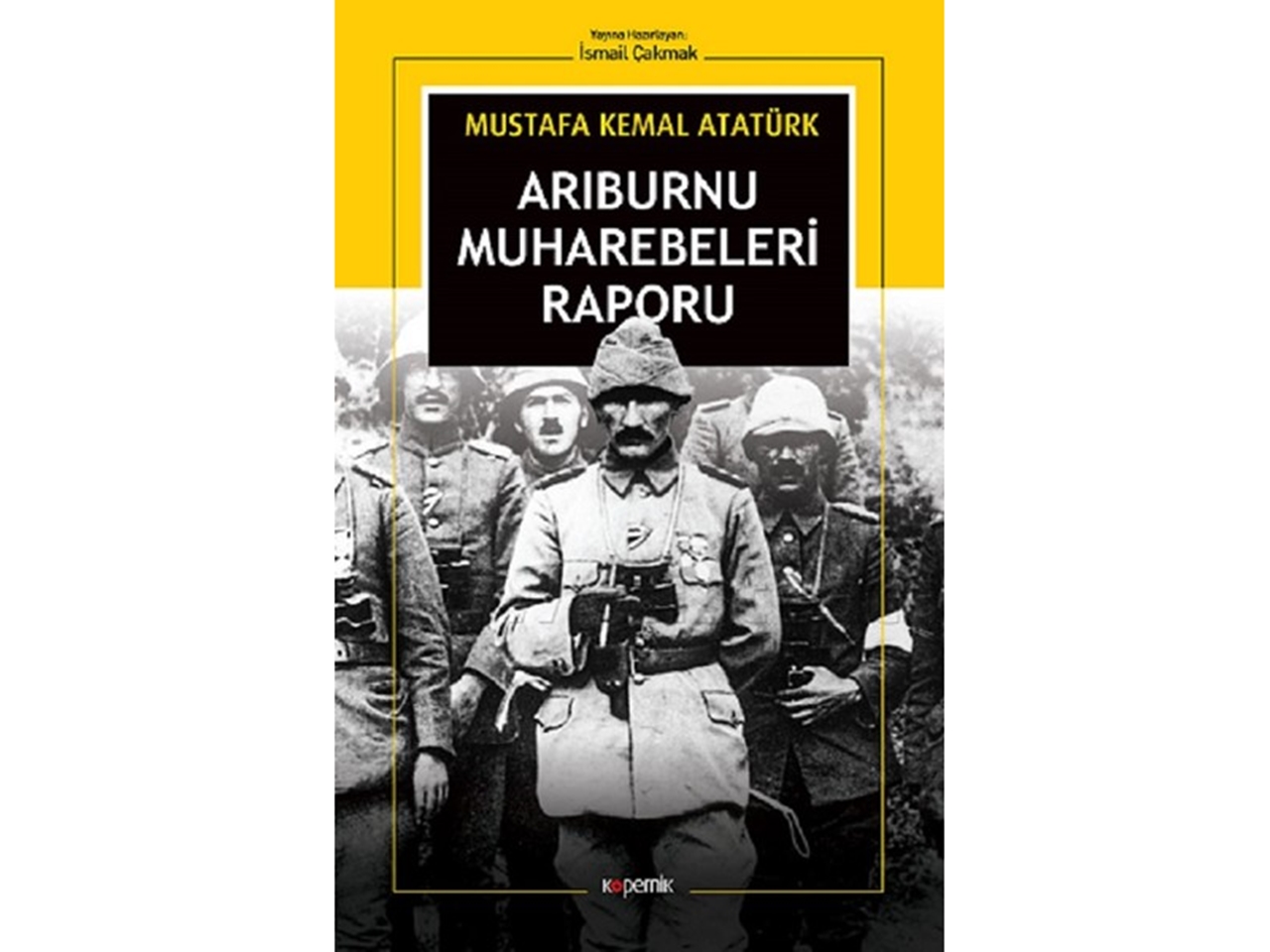
In this report, written by Mustafa Kemal Atatürk, critical developments from April 25, 1915, the first day of landing in Arıburnu, when he was assigned to the Command of the 19th Division , to August 8-9, 1915, when he was appointed as the Anafartalar Group Commander, were included.
“Memorial Notes 1916”, which Mustafa Kemal Atatürk recorded in his own handwriting while he was on duty in the Eastern Front.
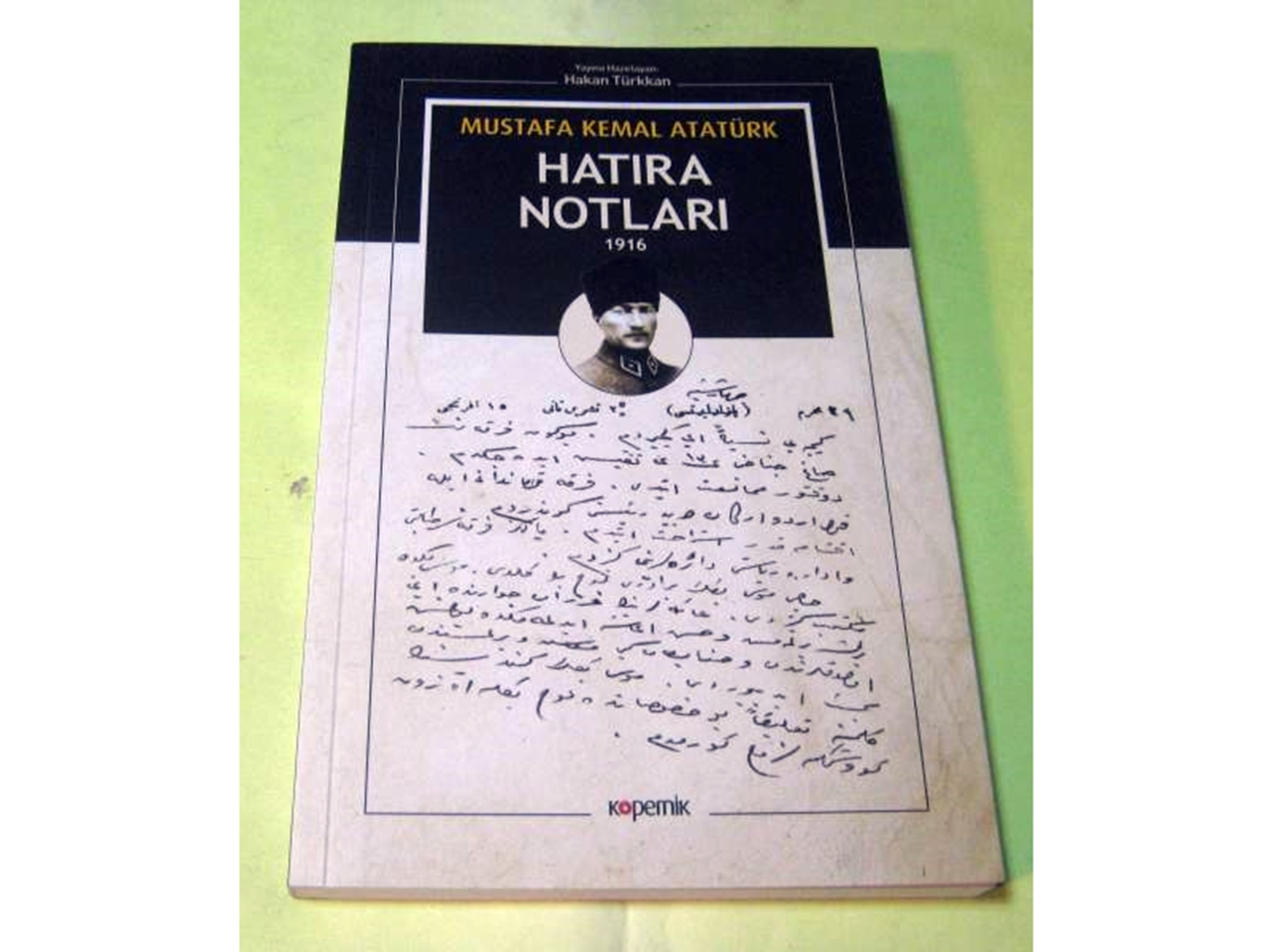
In these notes , the human and geographical landscapes Atatürk saw in the East , the books he read, the names of his relatives and friends with whom he communicated stand out. It is small in volume but very important in content.
From the days when Gazi Mustafa Kemal Pasha went on a month-long tour of Western Anatolia on January 14, 1923: Eskişehir-İzmit Conversations 1923
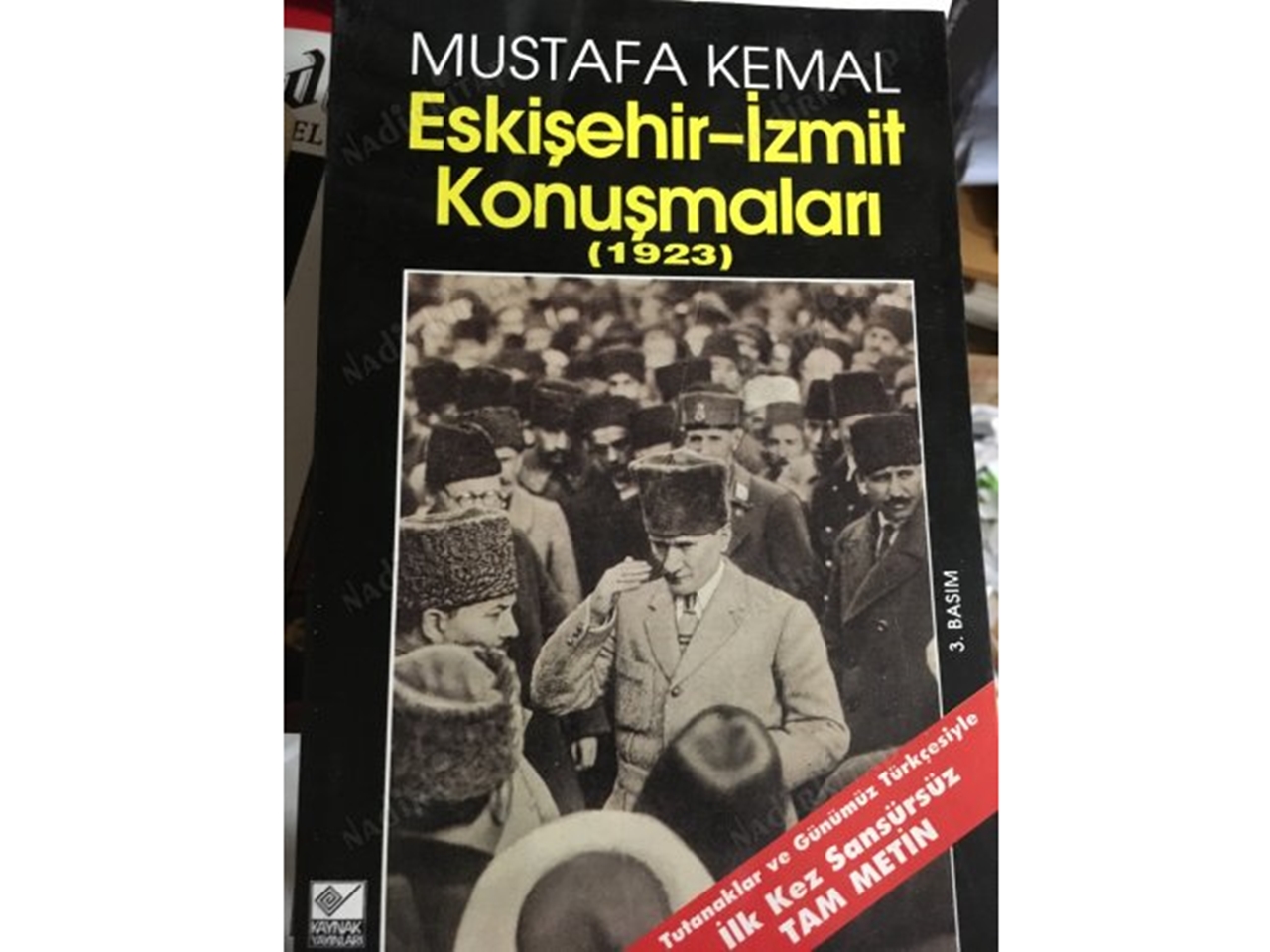
Ata’s first stop on this trip was Eskişehir; The last stop is the Izmir Economy Congress on February 17, 1923. Atatürk, who wrote the texts and additional notes of his speeches during these days , left us a historical legacy that should be read.
A book based on documents written by Atatürk and published in 1930 under the name of “Civil Information for Citizens” by Afet İnan: Civil Information (Civilization Information)
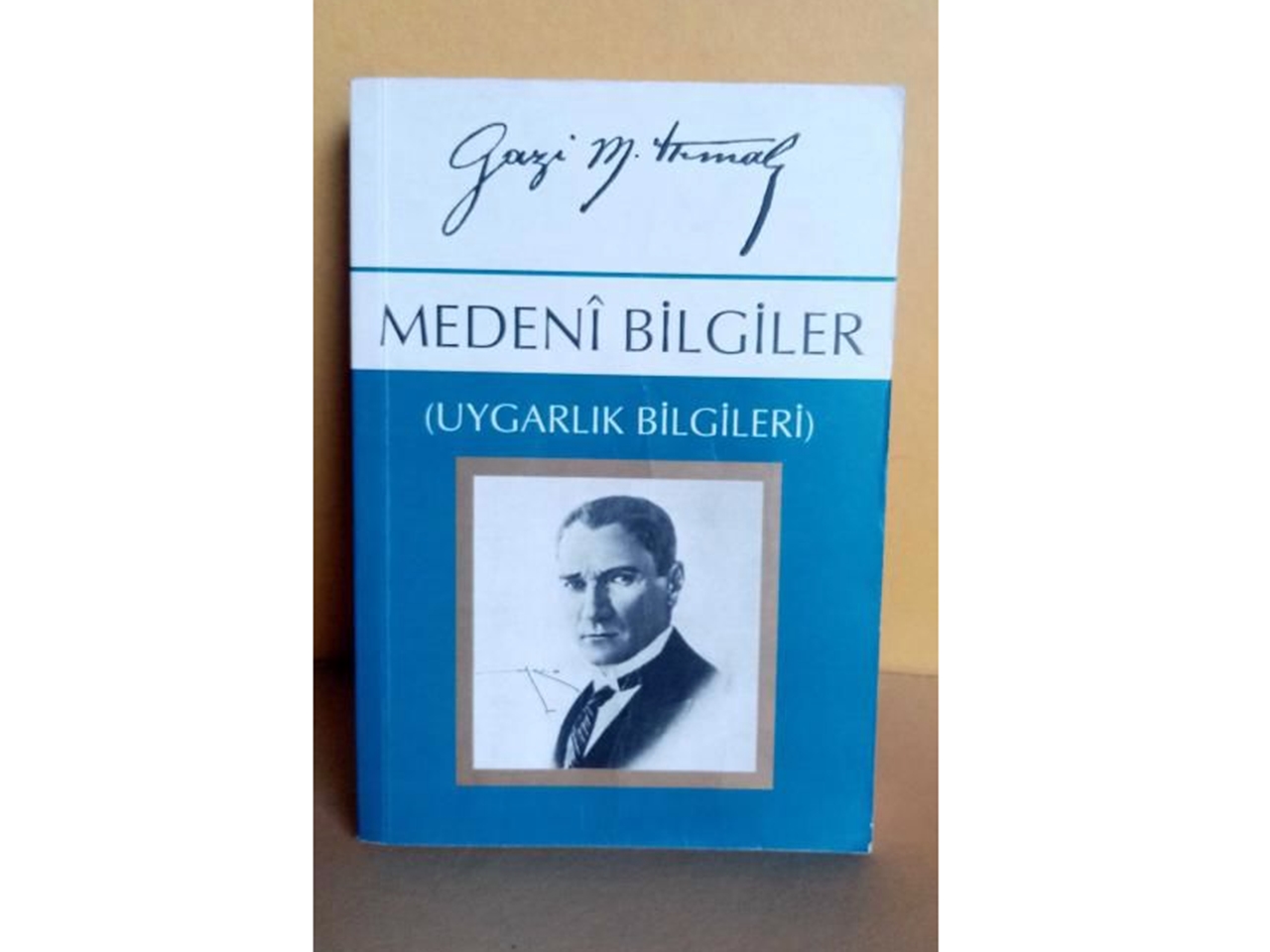
With the decision of the Ministry of Education, National Education and Training Department dated 7.9.1931 and numbered 2197, it was used as a textbook in secondary and high schools .
“My Days in Karlsbad” is a memoir found in the library of the old mansion in Çankaya during the history studies in 1931 and consists of diaries recorded in six notebooks by Mustafa Kemal Atatürk himself.
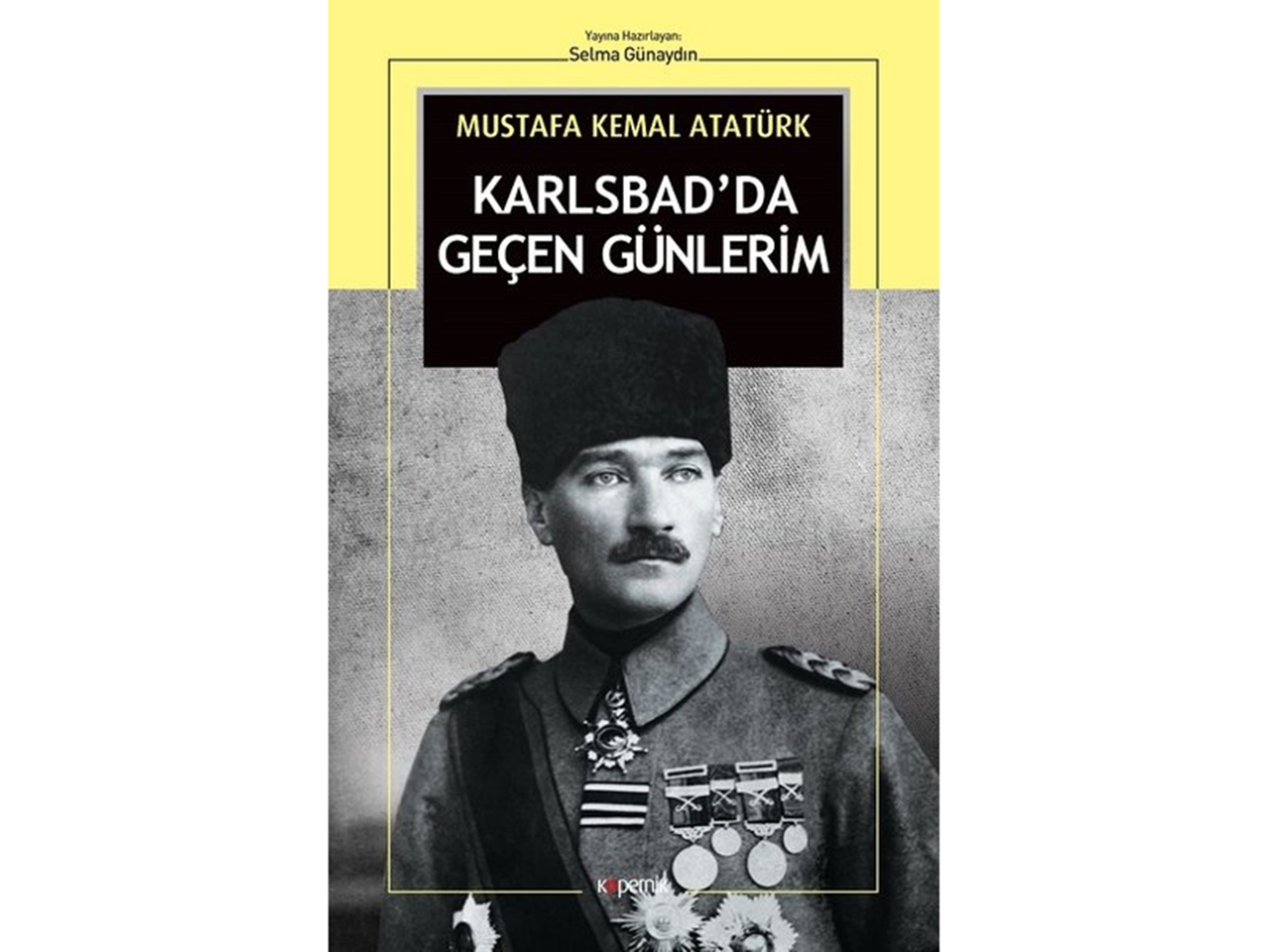
It includes important and remarkable details about his days spent in Karlsbad, his view on some social issues in those days , some of the books he read and many more.
Nesayih Concerning the Settlement of the Issue of Obedience and the Copy of Orders – (Advice on Solving the Tactical Issue and Writing Orders)
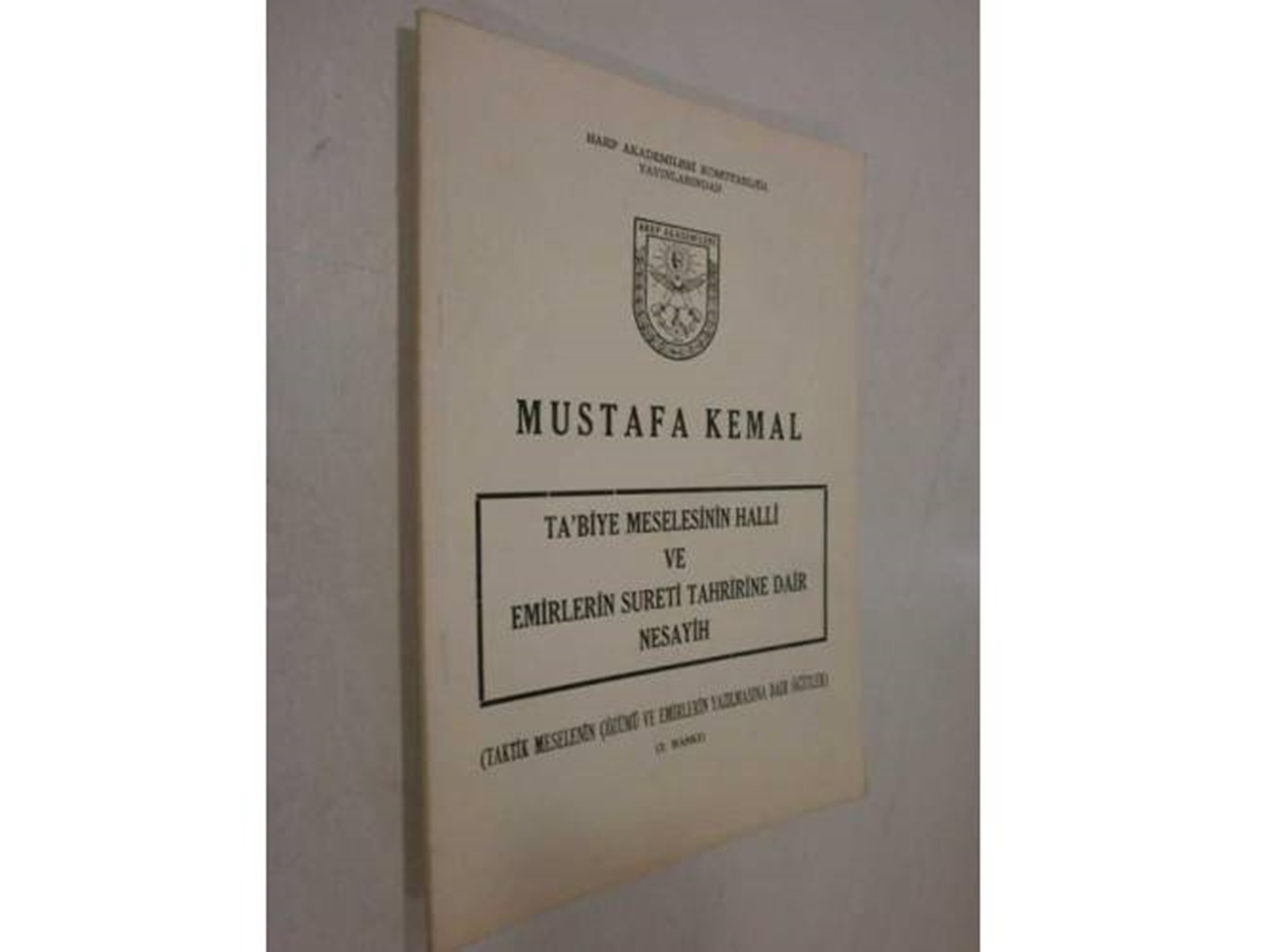
In this work, Atatürk conveyed the important points regarding the solution of the tactics and the writing of the orders in the fronts he participated in, especially the Çanakkale front , where he achieved great success .
German translation: Team Combat Practice (1908)
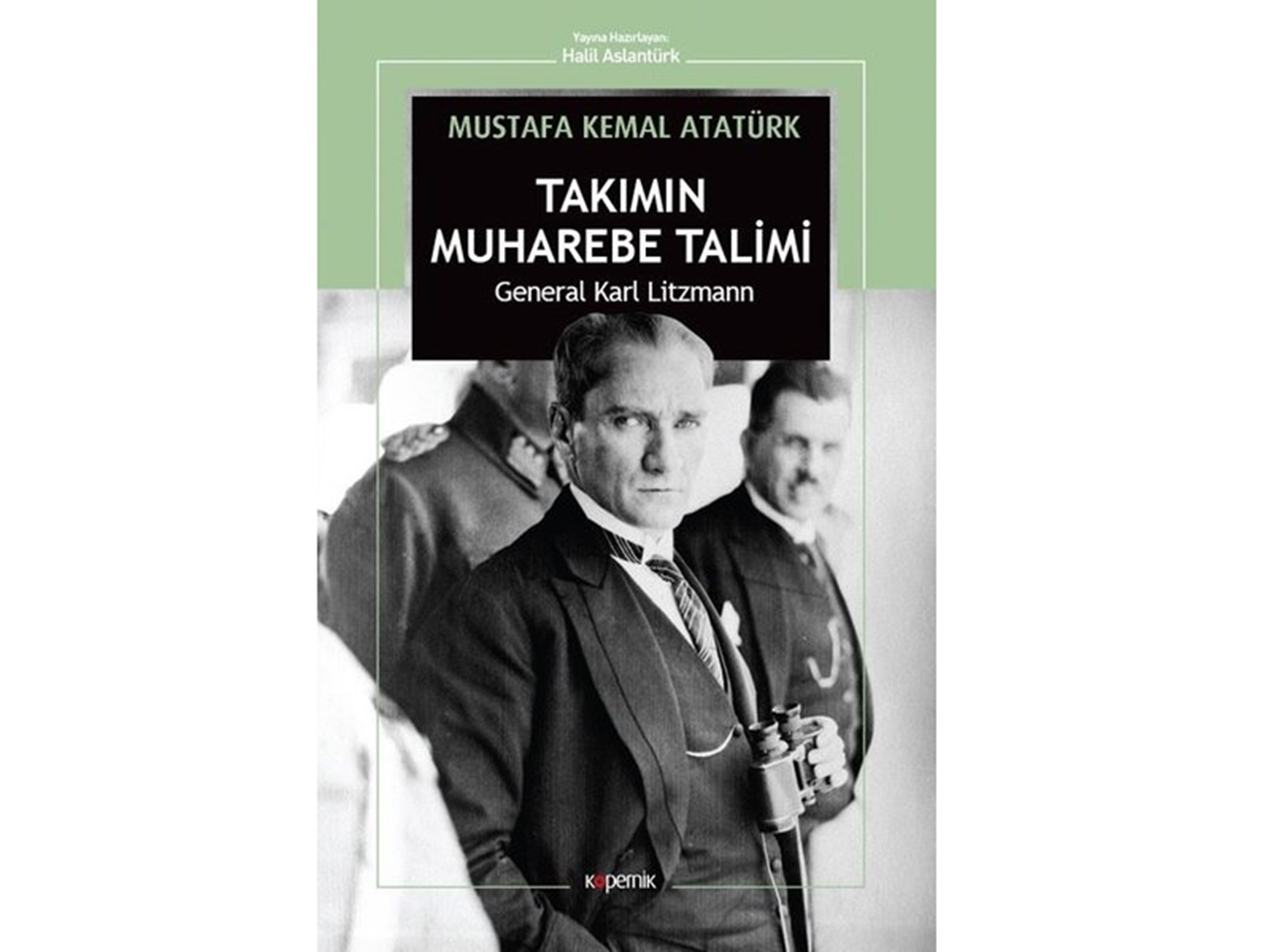
This work is the book of General Litzmann, the former director of the Military University of Berlin, translated into Ottoman Turkish by Mustafa Kemal Atatürk from the first part of the book “Combat Training of Team, Company and Battalion in the Existence of Mobilization” .
Translation from the German: Combat Practice of the Company (1912)
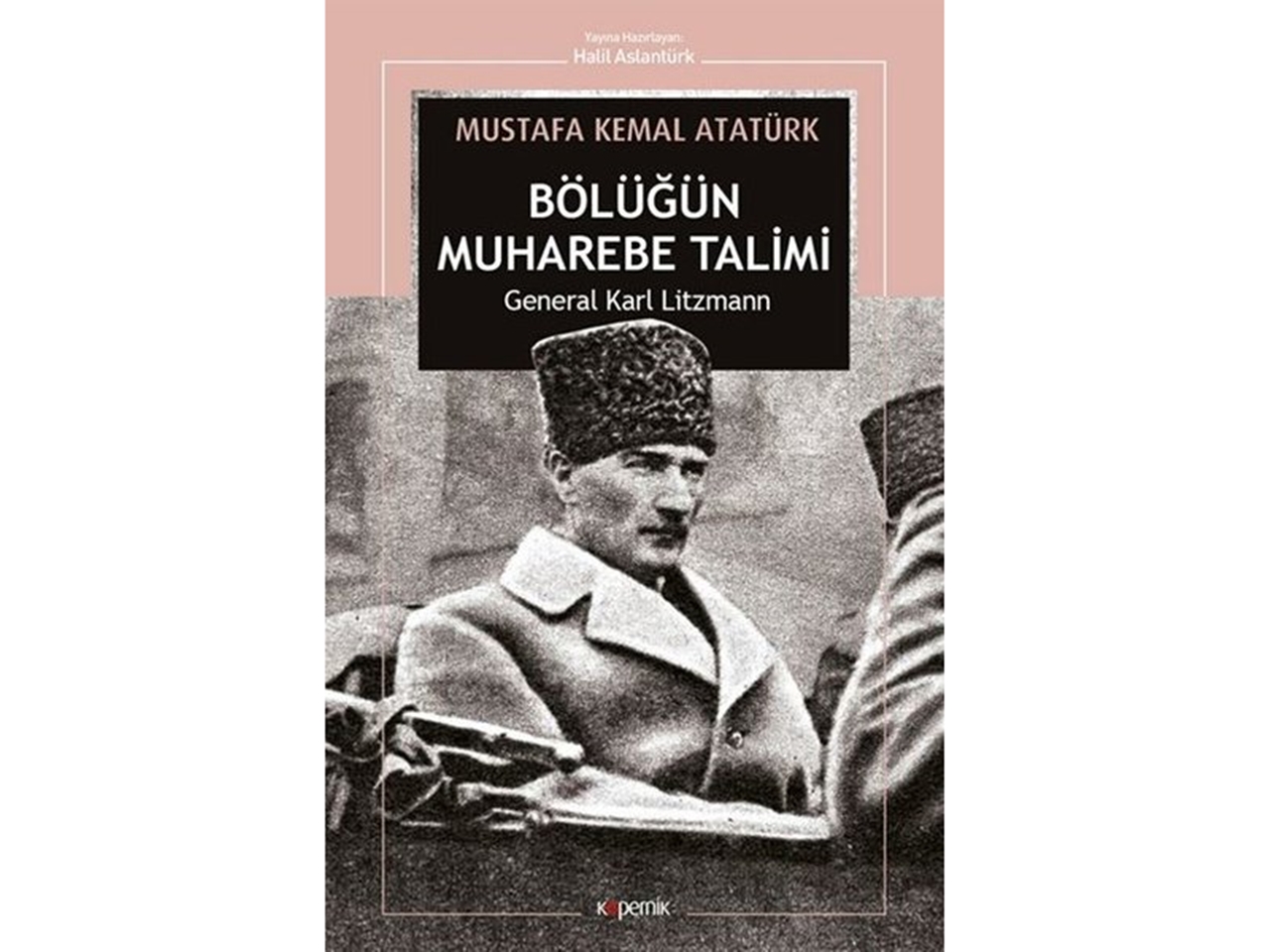
Atatürk, who translated the German General Litzmann’s book “Combat Training” from German to Ottoman Turkish, provided a source work on the management and administration of small military groups .
We remember him with gratitude and longing.
Ulu Önder Mustafa Kemal Atatürk’ün Yazdığı Kitaplar

